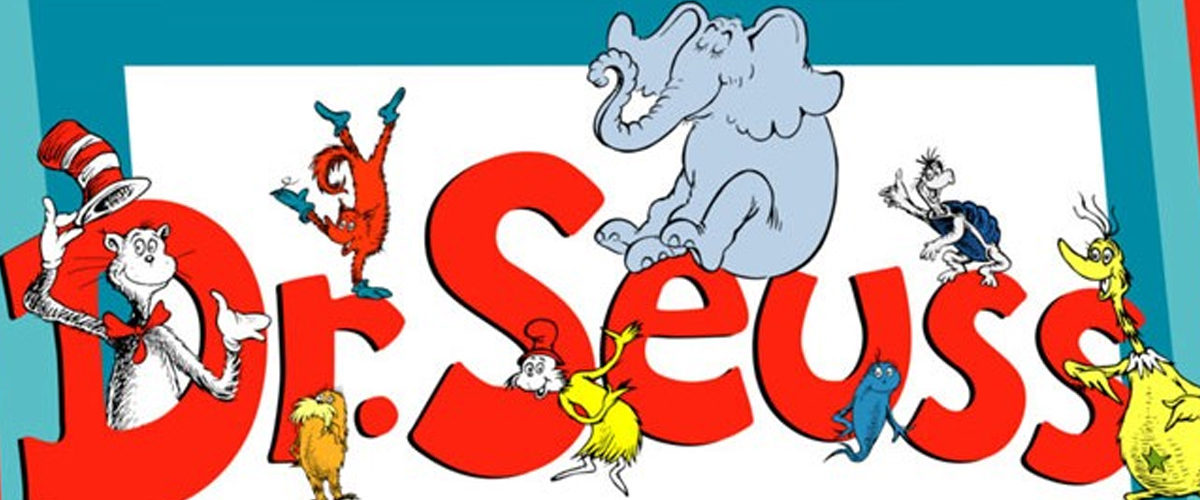At some point in his senior year at Dartmouth College, Theodor Seuss Geisel and nine of his friends were caught drinking gin in his room. This was in 1925, during the era of the Prohibition and because of this, the dean put them all on probation.
He was also removed Geisel of his editorship of Jack-O-Lantern, the college’s humor magazine where Geisel published his cartoons. To escape punishment, Geisel began publishing cartoons under pseudonyms including: L. Pasteur, D.G. Rossetti ’25, and Seuss.
Those cartoons were the first time he signed his work under the name, “Seuss.” A couple of years later, Geisel began signing his work under the mock-scholarly title of “Dr. Theophrastus Seuss.”He soon shortened that to Dr. Seuss. In acquiring his professional pseudonym, he also gained a new pronunciation. Most Americans pronounce the name “Soose,” and not “Zoice” (as it is supposed to be pronounced) and that is how Dr. Seuss came to life.
Arguably, one the most celebrated American author of children’s books, Dr. Seuss published 46 children’s books each with lessons still applicable to working adults today. This is also prevalent in the world of professional PowerPoint presentations. Here are my five favorite Seussian lessons for anyone working on their next professional PowerPoint design:
“Today you are you, that is truer than true. There is no one alive who is youer than you.” >
In short, be yourself. Your presentation should be where you identify and represent yourself in your truest and simplest form. Know what your company does, how it does it, and why. If a child can’t understand your explanation of what you do then you don’t know yourself well enough. Even Einstein agrees with this by saying, “If you can’t explain it simply, you don’t understand it well enough.”
“Why fit in when you were born to stand out?”
Your presentation is where you need to highlight your particular uniqueness and diversity- show how you stand out! What do you do that is different or better than your competition? Why should I hire or buy from you? These questions are what your audience will be asking themselves as you present. It is better to anticipate them and have them answered in your presentation instead of having them come up as questions. This will show your audience how confident and prepared you are as a presenter.
“Sometimes the questions are complicated and the answers are simple.”
After reading just one of Seuss’s books, one will find that simplicity plays a huge role in a majority of his writing. Given his audience did consist of mostly children, Seuss had to match his stories to a lower reading level, but this did not take away from the fact that he managed to engage, inspire, and educate his readers. With only 236 different words, Seuss managed to make his most famous and influential piece of literature, The Cat in the Hat (1957).
“I meant what I said and I said what I meant.”
It is crucial to be direct in what you say while presenting, chose your words and phrases wisely. Being vague or ambiguous will inevitably hurt you in the long run. Being clear with your audience is the best route to getting long-term and recurring customers and partners.
“Today I shall behave as if this is the day I will be remembered.”
Working by this motto led Seuss to disregard anything but perfection in his writing. He would sometimes spend up to a year on a book, even though they consisted of less than 1000 words. It was common for him to throw out 95% of his material until he settled on a permanent theme. For a writer, he was unusual in that he preferred to only be paid after he finished his work rather than in advance. He did this to motivate himself to work towards perfection—which has has become Seuss’ legacy. Think of what and how you want to be remembered, and let that come across in your presentation.








